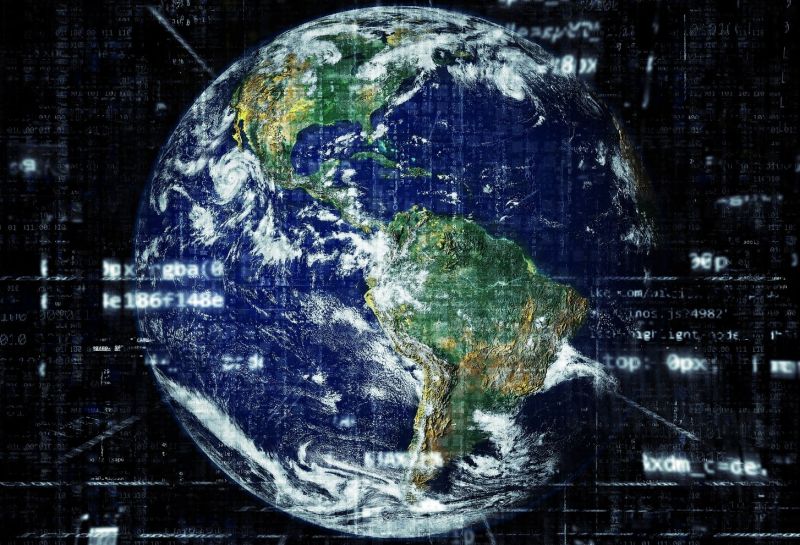AI and Big Data Provide the First Global Maps on Key Vegetation Traits and Efficiency in Water Use
Published on by Water Network Research, Official research team of The Water Network in Technology
Researchers of Valencia University have developed the first global maps of phosphorus and nitrogen content in vegetation, as well as efficiency in water use, via artificial intelligence and big data techniques. The application of these maps could benefit fields such as biodiversity, agriculture and the adaptation of species to climate change.

Representative Image Source: Pixabay, labeled for reuse
For over 15 years, the team has been taking part in similar initiatives with the European Organisation for the Exploitation of Meteorological Satellites (EUMETSAT) for the exploitation of data from current and future missions within a European programme called Satellite Application Facility on Land Surface Analysis (LSA-SAF). "It is the first European initiative dedicated to producing and distributing, in real time, variables of the status of the terrestrial environmental system, offering products of great value for the observation of the climate and the environment," says Javier García Haro, Principal Investigator of the ERS group.
Future applications
According to the scientists, the new maps will have implications in other fields such as precision farming, biodiversity and the adaptation of species to climate change. "The study is not only a conceptual test of what can be achieved by combining machine learning and remote sensing, but it also opens the door to future scientific studies that exploit these types of maps," says Gustau Camps-Valls, electronical engineering professor and researcher of the IPL. "The applications and implications are endless, and even more so considering the current pressure on food and biofuel production, for example, without underestimating the study of the impact on ecosystems and the adaptation of species."
Steven W. Running of the University of Montana, lead author of the Fourth Assessment Report of the Intergovernmental Panel on Climate Change (IPCC ), which earned him the Nobel Peace Prize in 2007, took part in these studies. "What Álvaro Moreno and his collaborators have done is impressive," he says. "Now, with a computer connected to the internet, you can do things that the ESA or NASA have never done in their 50 years of existence."
Reference:
- Mingzhu He et al. "Regional Crop Gross Primary Productivity and Yield Estimation Using Fused Landsat-MODIS Data" Remote Sensing, 2018, DOI: 10.3390/rs10030372
- Álvaro Moreno-Martínez et al. "A methodology to derive global maps of leaf traits using remote sensing and climate data", Remote Sensing of Environment, 2018, DOI: 10.1016/j.rse.2018.09.006
- Manuel Campos-Taberner et al. "Global Estimation of Biophysical Variables from Google Earth Engine Platform", Remote Sensing, 2018, DOI: 10.3390/rs10081167
Source: Phys.org via Asociacion RUVID
Media
Taxonomy
- Water Efficiency
- Wastewater Use
- Aquatic Ecology
- Monitors
- GIS & Remote Sensing Technology
- Research
- Water Quality
- GIS
- Water Footprint Research
- Data Management
- Remote Sensing & Data Analysis
- GIS for network
- Environment
- Biodiversity
- Climate Change
- Envirionmental Data Management
- Chemical Analysis
- Climate Change Adaptation
- Climate Change Resilience
- Groundwater Mapping
- Chemical Materials
- Chemical Research
- Chemical Engineering
- Metered data
- Database Managment
- Database Software
- Data Center Management
- GIS & Remote Sensing
- Data & Analysis
- AI
- artificial intelligence
- GIS Manager
- chemical metering
- Hydrological modelling of climate change
- Nitrogen